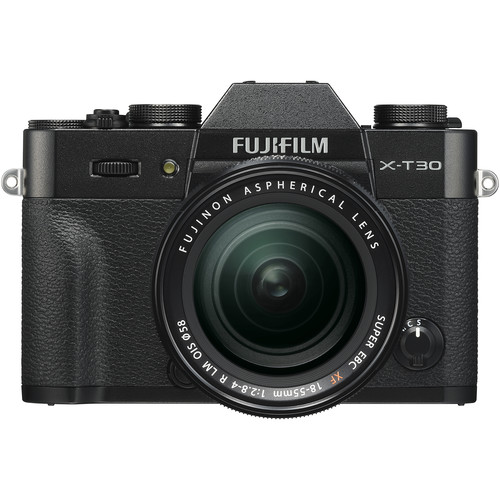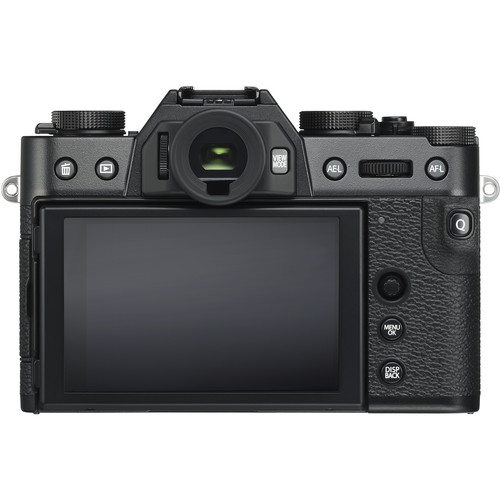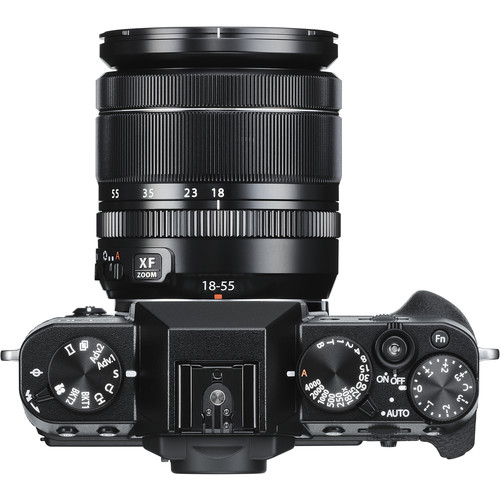I’ve been following Skylum Software since its MacPhun days and along the way they have made many products that I’d put into the camp of “good, but still not there yet”. Luminar is definitely one of those products that has a lot of great photo editing features, but it’s always lacked my beloved U-Point controls in the Nik Collection (now by DxO). This is important because often times you want to make local edits to specific features of your photo, but not globally across the entire photo. While Photoshop and Luminar offer masks to help with this, they are cumbersome to create especially along the edges of the mask against complex subjects like tree branches with leaves or hair.
Luminar 4 addresses this with what it is calling Artificial Intelligence masking and it nothing demonstrates this better than its new sky replacement feature. While this isn’t far from the only new feature in Luminar 4, it’s the one that is worth talking about first as this really is breakthrough technology that makes me excited for Luminar now and in the future.
Here’s an example of a photo of a beautiful valley in Switzerland that I took this last October. This unedited version isn’t bad, but it’s a little hazy and lacks the impact of what it felt like when I saw it in real life:
To address this, I used the AI Enhance feature with an auto generated luminosity mask with the AI Accent light filter to enhance the details and overall color of the image. I then used the Color and Details Enhancer filters to make the image feel a bit more crisp. Lastly, I used the Landscape Enhancer to Dehaze and boost the foliage a bit. This set me up for what I think is one of the biggest improvements – the AI Sky Replacement – where I used the Blue Sky 4 preset for a subtle but believable improvement:

Edited with Luminar 4 and Blue Sky 4
In less than a minute I got improvements that were good enough for me to call this one done. However, I like to tinker so I kept experimenting with skies. My wife was watching me do this and she encouraged me to use the Blue Sky 6 preset for leading lines that pull your eyes into the mountains:

Edited with Luminar 4 and Blue Sky 6
Changes like these are subjective so I polled my Facebook friends and most found Blue Sky 6 to be the best choice, while some aligned with me found Blue Sky 4 to be more believable.
In retrospect, I think both are believable if you don’t know of the original image. What’s more, it’s feasible for this scene to have clouds of this nature, so I don’t consider this to be a change that misrepresents the area – it just misrepresents my luck with the clouds this day.
What’s more, my sensor was as dirty as hell due to changing lenses in the wind so I lucked out and got about a hundred dust spots in the sky removed when I replaced the sky – without any effort on my part. I’ve seen Luminar 4 fans getting the same benefit by using sky replacement on power lines and other distractions in the sky. This s a huge time saver, and I find it quite believable – especially with the wealth of adjustments you can make to this filter:

So yes, I can easily say that this feature is a hit and delivers a huge value in your digital workflow making this a no-brainer investment or upgrade if you do outdoor photography.
Yeah, but what about…
Using your own sky photos? Yes, you can.
Complex backgrounds with only one click? Yep, no problem as shown here:

Blue Sky 4 with Complex Tree Branches
Click here for unedited original
Now this horribly bad looking photo isn’t believable as we’ve put a bright blue sky into an overcast day, so there’s still work to do. However, I wanted to illustrate the power of the AI masking (which is more easily appreciated with darker sky colors) so I had to include it.
What about people?
Here’s a photo I took in 2015 for my RX100 IV review that I never bothered to edit because it would have been too much work to mask around Kai’s hair. With the AI Face Enhancer, AI Sky Replacement and a few other minor adjustments I got a much improved image with about a minute of editing:
 2015 RX100 IV Photo with Portrait Enhancements & Sky Replacements
2015 RX100 IV Photo with Portrait Enhancements & Sky Replacements
Take note that I’m using the Blue Sky 4 preset in three images in this article, but the sky is different for all of them – this because this isn’t a simple image substitution but an AI application of the sky that keeps the horizon in mind. In this case it did miss a spot in the bottom left corner, so it’s not quite perfect – but it’s still pretty damn good. As I show in my video below, problems like this sometimes are easily solved by adjusting the horizon in this filter. However, this one can’t be corrected this way.
In this case, I like how the leading lines of the clouds all draw you into Kais’ face. However, you have to be careful about default processing choices because it’s easy to get dark skies like this. To address this problem be sure to experiment with the Sky Exposure setting as well as making sure that AI Sky Enhancer is 0 in the AI Enhance Essential filter.

Above with Sky Exposure set to 100 and Red saturation = -8
I also use the AI Face Enhancer remove skin flaws, enhanced lips & whitened teeth (both exaggerated for effect), pulled his jaw line in and more without me doing any face masks or object mapping. It just works with no hassle and that’s huge!
Video Tutorial
To demonstrate a lot of concepts in Luminar 4, I chose this image that I thought would be the ultimate test:

Video Tutorial Image BEFORE Edits
It features a lot of blown out background, thin strands of hair, and a face that is turned away from the camera.
Notice even when I zoom in, the auto masking around the hair is nothing short of spectacular:
 Auto detection of the sky and face make this difficult edit easy
Auto detection of the sky and face make this difficult edit easy
If you have 10 minutes to spare, you can see how I edited this image using Luminar 4:
Conclusion
While I do think the Windows version is unacceptably slow at times on my desktop computer, it’s still usable. I’m also still a fan of Lightroom, so I don’t want Luminar to be my digital asset manager so I find having to open photos using Edit Single Image and close them by right click remove to be unnecessarily cumbersome.
With these gripes aside, this is an impressive piece of software that does appear to be doing some advanced image analysis with AI above and beyond anything I’ve used to date. This alone makes it worth a look to help speed up your digital workflow. As such, I can highly recommend this product and I look forward to great improvements to come in the future.
Where to Buy?
CLICK HERE to learn more or buy today.
Other articles you may enjoy
If you enjoyed this article, you may also enjoy these:
- Aurora HDR 2017 Advanced Lessons Tutorial
- Aurora HDR 2018 for Windows & Mac (Discount)
- Luminar 1.0 Tutorial and Review (Windows Open Beta)
Enjoy these and more on the Reviews tab as well as Ron's Recommendations.
Disclosure
If you make a purchase using links found in this article, I may make a commission. It doesn’t cost you a penny more, but it does help to support future articles like this.
































